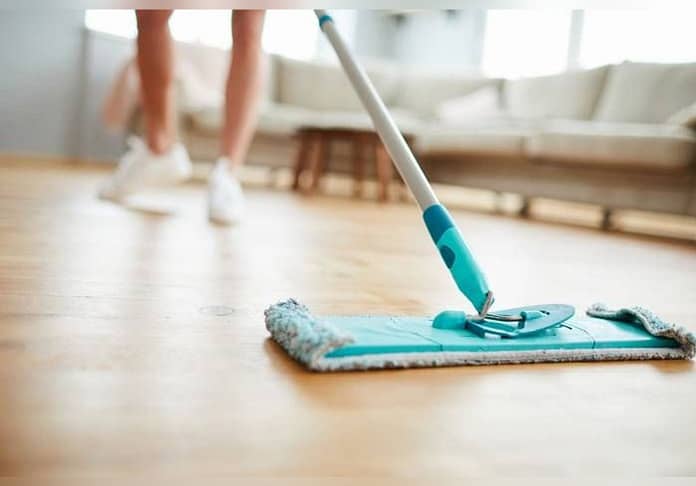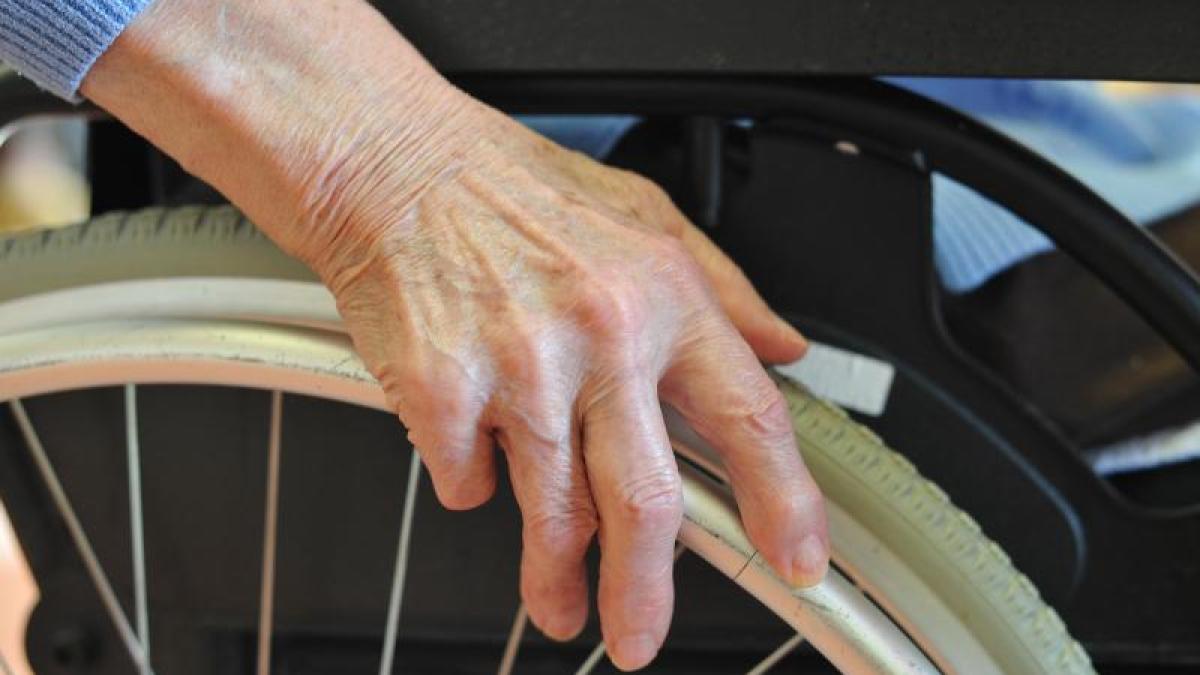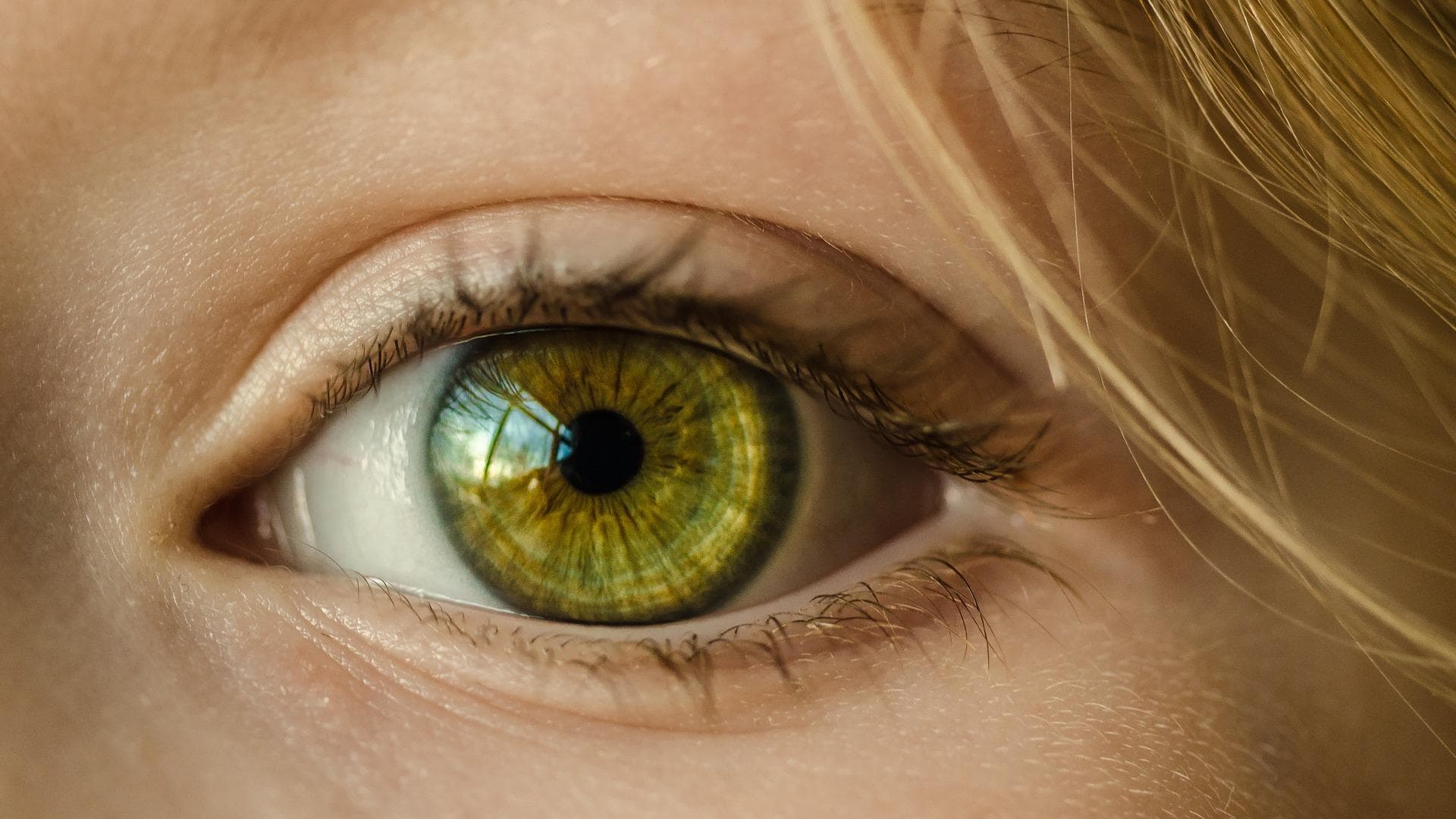It’s an received idea and it has a hard life: the air we breathe indoors is just as polluted as the air outside, or even more so. And the products used to clean our kitchen or toilet floors are no stranger to this because of the potentially toxic substances they contain. Proof of this is the latest study on the topic by an international team of researchers*, which reveals that people who use commercial cleaners containing certain chemicals can be exposed to as many pollutants as if they were sitting on the edge of a public road. Understand from this that this action can generate many fine particles suspended in the air like vehicles on a busy street.
Researchers directly target the bases of manufacturers of household cleaners to which they add various molecules to give them a pleasant and “fresh” fragrance, such as that of pine or citrus for example. But in doing so, they expose their customers to high levels of secondary organic aerosols (SOA), formed in the atmosphere through chemical processes. These types of aerosols are known to irritate the lungs when inhaled, knowing that their main sources are road traffic, but the danger here is related to mixing between ozone, the pollutant already in the air, and some particles that are released through the use of household products.
Dangerous chemical mixture in the air
One of the molecules of most concern is limonene, which is commonly added to detergents and furniture polish. This lemon-scented molecule easily reacts with ozone when it enters buildings. Then a reaction occurs with limonene and similar molecules called monoterpenes, resulting in the formation of airborne molecules. those” Small particles can get lodged deep in the lungs, irritate cells and, at high enough exposure, can lead to health problems, such as asthma. “,” Explain Science Advances who transmits Results.
The latter is designed to detect, minute by minute, what happens in the airborne reactions during a typical floor cleaning. The researchers brought their lab instruments into a room with an air volume of 50 cubic meters, whose floor was cleaned in the morning for 12 to 14 minutes with a terpene cleaner. The instruments were then used to monitor the formation of suspended particles over the next 90 minutes. “ The study really looked at the entire chemical process under realistic indoor conditions. »notes Professor Philip Stevens, an atmospheric chemist and co-author of the study.
Dangerously “cooking with a gas stove”
After analyzing air samples, including the number of particles smaller than half a micron, using a standard computer model, the researchers found that the average person breathes about 1 to 10 billion nanoparticles per minute, which is equivalent to vehicular traffic in a crowded place. A street in a typical American or European city. “ It’s also a lot like cooking with a gas stove or lighting a candle. ‘, adds the scientific journal. What about opening windows? It turns out that this habit is not the right solution to getting rid of particles because it can also bring in ozone from the outside.
Also to discover: #Trashchallenge The hashtag that fights pollution
Instead, the science team recommends cleaning early in the morning or late at night when airborne ozone levels are low, and above all, avoiding the use of products containing limonene or other types of terpenes. Fortunately, time helps too: After cleaning, the newly formed particles remain airborne but become harmless within hours when they settle on surfaces. Note that people who want to use household products with the simplest and shortest possible combination can switch To Ménag’S . points 60 million consumers rate products from A to most virtuous to E to those who present the greatest risk.
*A team of researchers from Indiana University, Purdue University, University of Lille, the Center for Energy and the Environment, and Edelweiss Technology Solutions.







